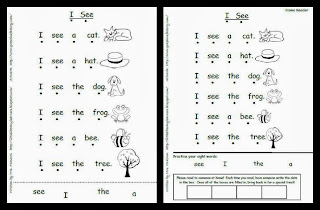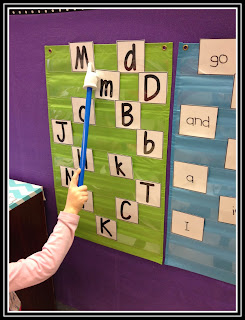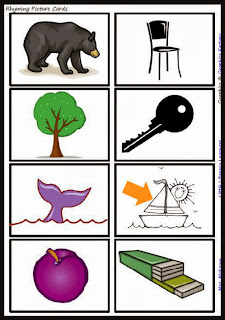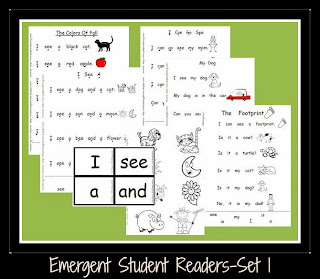Before working on segmenting all of the phonemes in a word, children need to be able to hear the individual phonemes. According to research, children develop their phonemic awareness on a continuum. When kiddos start the phoneme level, they begin by listening for the sound heard at the beginning of a word, then the end, and then move onto the middle sound.
 Many of my students are working to isolate and name the sounds they hear at the beginning and end of words. They seem to do well with hearing sounds at the beginning of the word, but then tend to become confused when asked to name the sound at the end.
Many of my students are working to isolate and name the sounds they hear at the beginning and end of words. They seem to do well with hearing sounds at the beginning of the word, but then tend to become confused when asked to name the sound at the end.
I updated my pack that helps students with the concepts of "beginning" and "ending" in words using the following visual:
I can't remember where I first came across the star with the arrow, but it is something I have used ever since with my little ones. I have found that it is really helpful in making those concepts more concrete for the kiddos.
I begin my instruction by explicitly teaching the students how to use the visual through modeling. Here are my general directions:
1. Start with your finger on the star.
2. Slowly stretch out (or say) the word.
3. Slide your finger toward the arrow as you slowly stretch out the word.
I then repeat it again and again, showing that when you begin to stretch the word out, your finger is on the star. And as you come to the end of the word, your finger is on the arrow head.
As students become more proficient with it, they generally internalize the visual and it is no longer needed. (This is evident when you see them slide their finger across the table or even in the air.)
Here is what is included in this pack:
~ Star with arrow visual for teacher modeling.
~ Star with arrow visual for student use.
~ 27 Picture cards for group work or sorting
~ 6 Worksheets for independent practice that provides students with systematic practice as they develop their phoneme awareness (as listed below):
- "What is at the beginning?"-all pictures begin with continuous consonants.
- "What is at the beginning again?"-combined pictures of continuous and stop initial consonants.
- "What is at the end?"-all pictures end with continuous consonants.
- "What is at the end again?"-combined pictures of continuous and stop final consonants.
- "Where is the sound?" and "Where is the sound again?"-combined tasks of beginning and ending isolation where the students identify where the sound is heard.
Please note that my initial instruction is based at the sound level. This is when the students use the visual and picture cards to name the sound they hear. As students gain knowledge in their letter sound correspondences, I then begin discussing what letter the word would begin or end with and introduce the worksheets for more independent practice.
How do you practice isolating phonemes?

















































